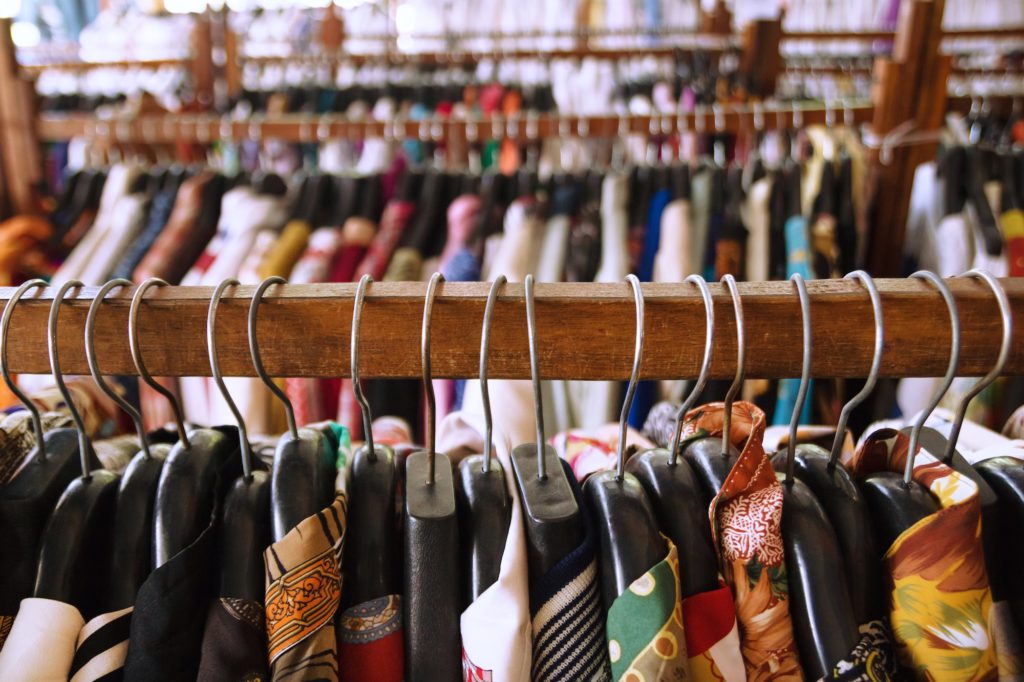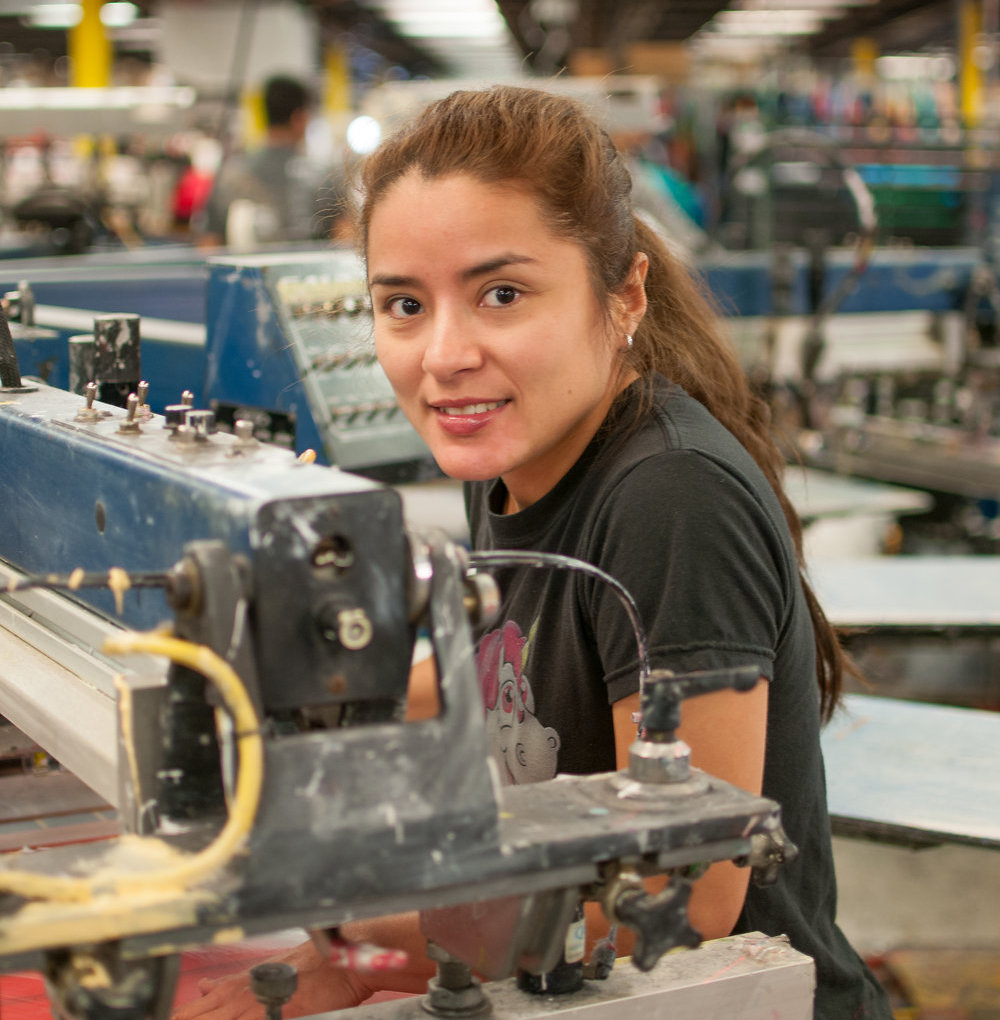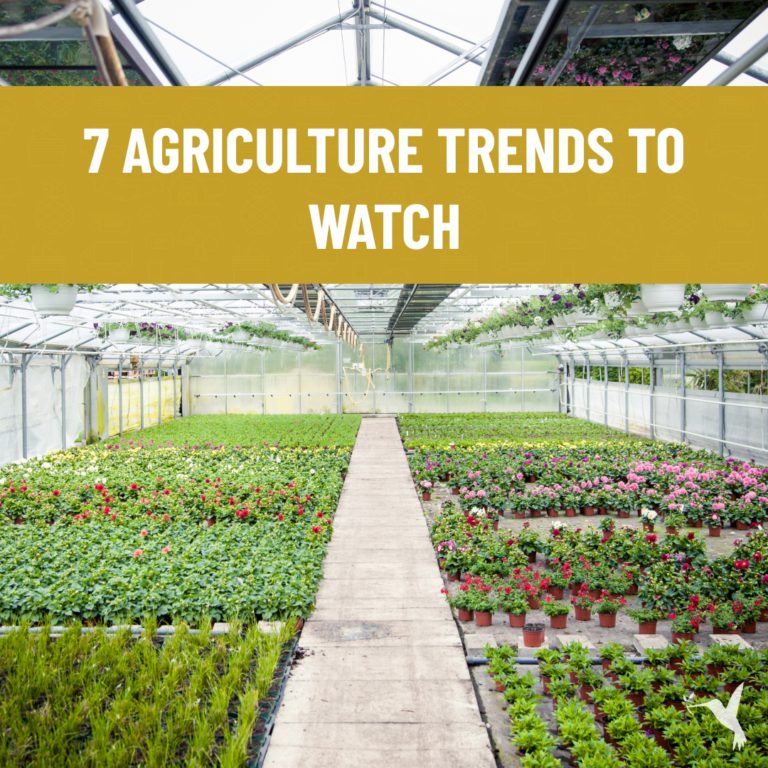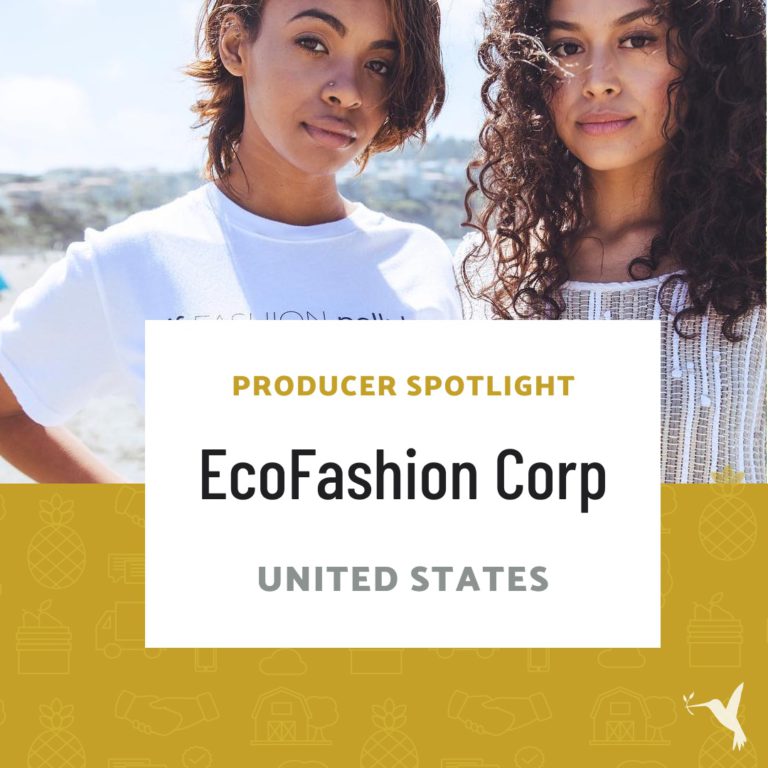Are Your Favorite Styles Harming the Planet?
Why We Must Say No to Fast Fashion & Quickly-Changing Styles

The fashion industry is a $2.5 trillion sector. It is massive. Anything this huge will have huge impact. From water usage, climate change and excessive waste to oppressive labor and gender dynamics, the fashion industry definitely touches many key issues. This is particularly true for the world of fast fashion.
Fast fashion is kind of like fast food. Cheap. Quick. Unhealthy for our bodies. Unhealthy for the planet. The only way to move forward: by ditching fast fashion practices and mindfully embracing slow fashion – more sustainable, healthier and less wasteful.
But what is fast fashion exactly?
Fast fashion is a business model that takes ideas from high-end designers and celebrity culture, and then cranks out inexpensive replicated styles at a rapid pace using cheap materials and exploitative labor practices. In the world of fast fashion, a copy of something spotted on the runway can appear in certain stores with a turnaround of just a few days.
New styles used to release in seasons, two to four times per year. Now, however, with this model of mass production and rapidly changing trends, consumers expect new styles every week. The model of mass produced inexpensive, low-quality garments mirrors consumer psychology and marketing strategies. Trends change so quickly inspiring consumers to wear an article of clothing a couple times. Garments are low quality, meant to last for only a few wears.
Where do these new styles come from? How do they arrive so quickly? And at what cost?

Wealth Inequality, Oppressive Conditions, & Fast Fashion
A huge amount of people in the world work in some aspect of the fashion world. While many people work in garment factories, fashion-related jobs encompass more than fabrication. In order to supply the world with clothing, people must work jobs like growing cotton, processing and dying materials, and retail. With all this together, around 1 in 8 people in the world work in a job related to fashion. Among them, there is a great disparity of wealth and labor practices.
For example, the CEO of H&M earns around $23 million annually. A garment worker in Bangladesh earns $68 per month. A cotton picker in India earns around $2 per day, and a spinning mill worker earns $35-40 per month.
Gender Dynamics
Sixty million people working in fashion work directly in the garment industry. Around 80% of them are women. Only 2% are paid a living wage.
Given these statistics, it is fair to say that the majority of workers who make clothing are women who live in conditions of oppression. In order to keep new trends hitting the shelves constantly, fast fashion executives must find the most inexpensive materials and the cheapest labor. The industry exploits millions of women across the world to keep up with the need for quickly changing styles.
As a result, the earth and the most vulnerable humans upon it pay the ultimate price.
The Massive Environmental Effects of Fast Fashion

The fashion industry is the second-most-polluting industry on Earth, right behind oil. It takes a lot of coal power to produce 150 billion pieces of clothing per year. Polyester and other synthetic fibers are popular clothing materials. Oil-based polyester, which has now replaced cotton as the number-one fiber in our clothing, is derived from fossil fuels. As a result, the fashion industry produces 10% of global emissions.
Cotton is a more natural product, but harmful in other ways. The global cotton industry uses more pesticides than any other crop in the world. Processing cotton is incredibly water intensive. It takes 700 gallons of water to make one cotton shirt. This creates huge amounts of stress on water basins as well as competition for resources between companies and local communities.
The processing and production is hard on the environment. Then companies must ship and distribute finished garments worldwide. Many of these companies source materials and labor from different locations, meaning it takes a lot of oil and energy to ship clothing around the globe.
The environmental impact doesn’t end there. Every time we wash an article of clothing, particularly those made with synthetic materials, we release microfibers into our waterways—and from there into our rivers, lakes, and oceans. In addition to polluting our waters, the fibers are particularly dangerous because they have the potential to poison the food chain. Fish and other wildlife consume the plastic fibers which tend to bioaccumulate. The toxins move to the bodies of larger animals higher up the food chain, and right on up to us, the ones who originally created, purchased, and wore those garments once or twice.
Production to Landfill Pipeline
The rate and style of mass production needed to keep up with trends and the desires of the fast fashion world has resulted in literal tons of excess clothing. Garments degrade after just a few wears and washes. They make their way to landfills where on average it takes 80 years for clothes to break down. In Australia alone, more than 500 million kilos of clothing end up in the landfill every year.
But at least these clothes have been worn. There are also tons of garments that never even get sold. They are produced, shipped, folded, stocked, and displayed, and when styles change and they remain unpurchased, they are discarded. An incredible amount of energy is used to produce waste.
When we take all these factors of fast fashion into consideration, it paints a pretty dire picture.
So what do we do?

Where there are issues within production and supply chains, we have solutions! To cut down on fast fashion, we can first recognize how marketing, trends, consumer culture and celebrities affect us and our psychology. We can purchase second hand and we can raise the demand for quality clothing that lasts. We seek transparency within the supply chain, and fortunately, there are some companies that value transparency.
Good news! Here’s where Producers Market comes in. We are connected with a number of slow fashion brands, and we have created StoryBird so consumers can easily learn about the products.
Yes And is one brand working to transform the fashion industry. Yes And is addressing each of the issues mentioned above and doing their best to use healthier methods at every step of the production process.
Kaia Moda Sostentable is another and they have a StoryBird that shows the entire product journey. This brand is based in Mexico and began after founder, Roxana witnessed first hand massive piles of clothing waste in Indonesia. She turned her despair into her life mission: trendy clothes that honor the earth and the humans who produce it.
Metawear is brand that refuses to sacrifice style for ethics. From the harvest to the dye to the sewing, this brand is intentional about their work and also have the StoryBird to show it.
Interested in consuming intentionally. We are here to help! With StoryBird and a marketplace full of small and inspiring producers, we have you covered.



